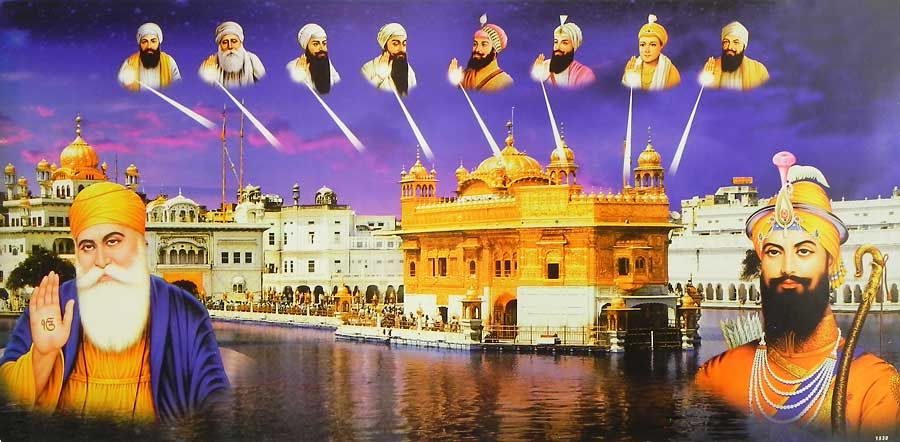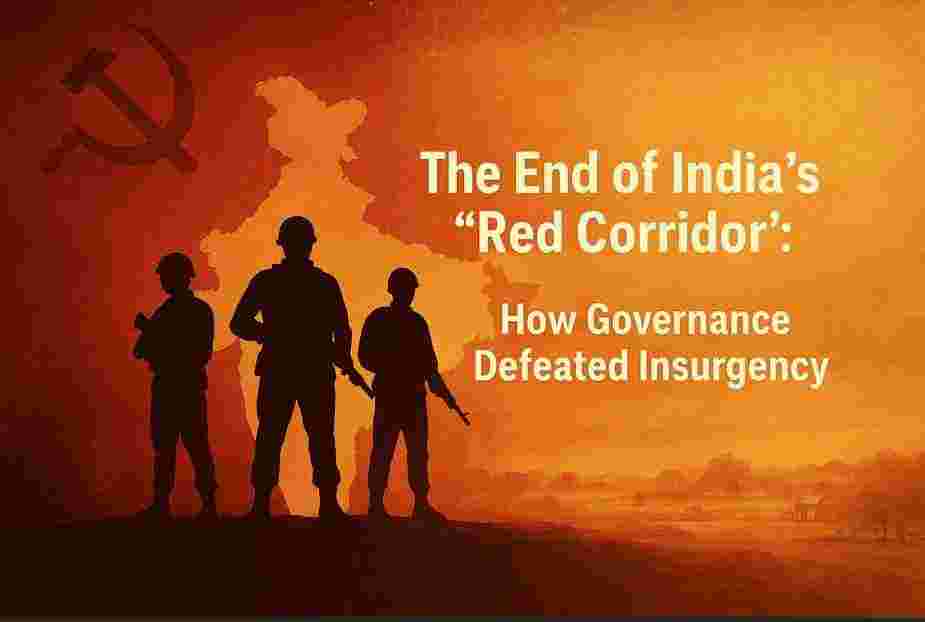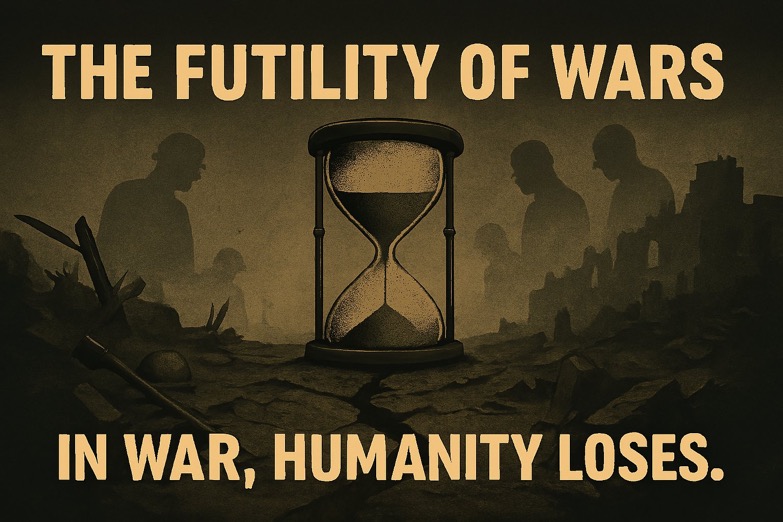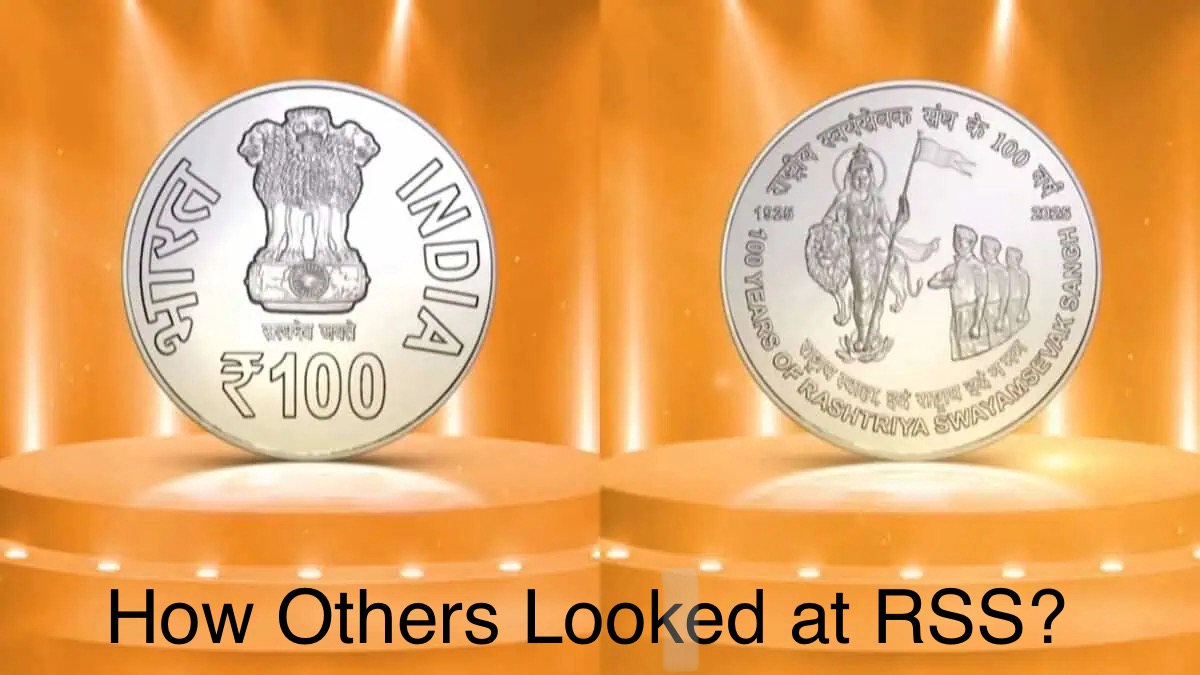
In the heart of Delhi stands Gurdwara Sis Ganj Sahib, a solemn marker of a forgotten chapter in Bharat’s civilizational history, the martyrdom of Guru Tegh Bahadur, beheaded by Aurangzeb in 1675 for refusing to convert to Islam. The man didn’t die for Sikhism alone. He died to protect the Hindu way of life, when Kashmiri Pandits sought his protection against forced conversions. This history is not just sacred, it is the foundation of Sikh Dharma itself. And yet, in the haze of modern identity politics, radicalism, and textbook distortion, it is being rapidly erased.
Guru Tegh Bahadur was called “Hind-di-Chadar”, the shield of Hind. It was he who stood as a civilizational wall between an Islamic empire and the spiritual fabric of Bharat. His sacrifice was not political; it was moral and dharmic. But it did not end there. His son, Guru Gobind Singh, responded to that tragedy not with victimhood, but with strength. In 1699, he founded the Khalsa, a fearless brotherhood of saint-soldiers who would rise against tyranny and uphold justice for all, not just for their own community.
The Khalsa was born in resistance to the Mughal regime, not out of communal hatred, but out of a sacred duty to protect Dharma. Guru Gobind Singh’s four sons, known as the Chaar Sahibzaade, were martyred in the same cause. Two were slain in battle; the younger two, aged just 6 and 9, were bricked alive for refusing to convert to Islam. They weren’t defending a religious institution. They were upholding Bharat’s civilizational soul. And yet, these stories find no place in our official history books.
Post-independence, a strange intellectual silence took over. The civilizational resistance led by Sikh Gurus was reduced to mere “social reform.” The Mughals; particularly Aurangzeb, were whitewashed into benevolent rulers. The Sikh fight for Dharma was stripped of its spiritual context and presented as ethnic reaction. In that vacuum, a political wedge was driven between Hindus and Sikhs, a wedge that was sharpened by foreign-funded radicals and anti-India forces.
The Khalistani movement is the result of this distortion. Born in the 1980s with the backing of Pakistan’s ISI and later finding ideological support among diaspora fringe groups, Khalistanis preach a warped version of Sikh identity that demonizes Hindus, glorifies separatism, and violently attacks the very culture Sikh Dharma once defended. Today, from Canadian rallies to Australian temples, we see Sikh radical elements abusing Hindus, the same community for whom their Gurus gave their lives.
What’s even more tragic is that this anti-Hindu narrative finds sympathy in corners of academic and media spaces that ought to know better. By divorcing Sikhism from its dharmic roots and portraying it as a community in perpetual victimhood, such narratives rob Sikh youth of their real heritage, one of courage, inclusivity, and moral clarity. In truth, Sikhism did not emerge as a rejection of Hinduism; it emerged as its shield in the face of tyrannical aggression.
The spiritual and philosophical continuity between Sanatan Dharma and Sikh Dharma is undeniable. Guru Nanak spoke of the same Ek Onkar, the One, formless, eternal truth, that the Upanishads described as Brahman. The Gurus celebrated kirtan, seva, and shastra. They never sought separation from the spiritual soil of India. They only sought to protect its soul with steel, when speech failed.
To revive this truth is not an act of nostalgia. It is an act of national healing. It is time we stopped treating Sikh history as a regional tale and restored it to its rightful place in the civilizational saga of Bharat. It is time to reintroduce young minds to the sacrifice of Bhai Mati Das, sawn alive for refusing Islam; of Banda Singh Bahadur, who avenged the Sahibzaade and abolished Zamindari; and of Guru Gobind Singh himself, who declared that when all peaceful means fail, it is righteous to draw the sword.
If we continue to let modern politics and Marxist distortions define our past, we will lose not only our memory, but our unity. The Hindu-Sikh bond is not a political alliance. It is a spiritual kinship, born of shared resistance, shared sacrifice, and a shared civilization.
It’s time we said it clearly: The Khalistan narrative is a betrayal, not just of Bharat, but of Sikh Dharma itself.




